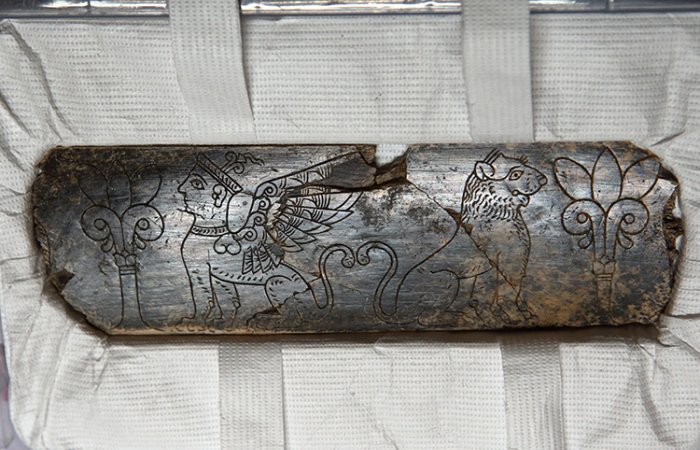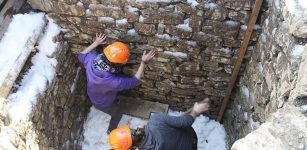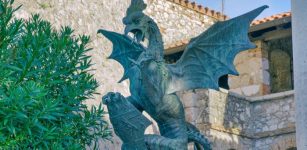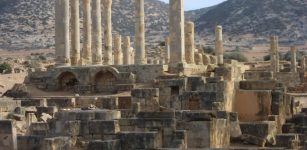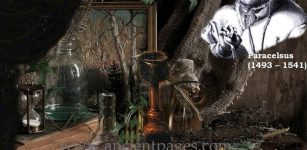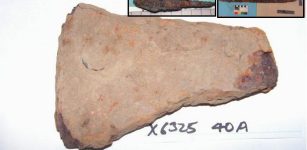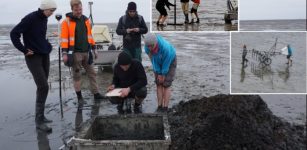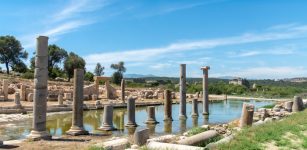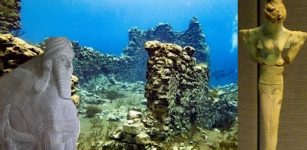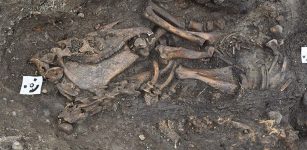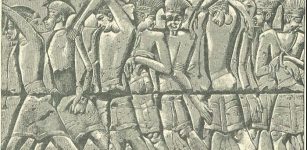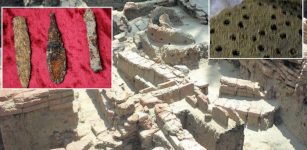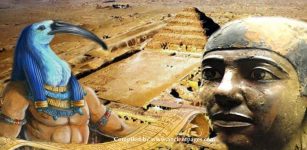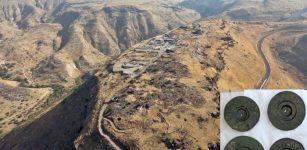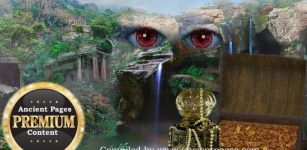Unique 2,800-Year-Old Ivory Object Unearthed At Hattusa
Jan Bartek - AncientPages.com - While excavating at Hattusa, the capital of the kingdom of the Hittites in the late Bronze Age, archaeologists unearthed a unique 2,800-year-old object made of ivory.
Credit: Kemal Ceylan/AA
The beautiful ancient artifact is approximately 30 centimeters long and 10 centimeters wide. On its shiny surface are several vital figures and symbols, such as the sphinx, the tree of life, and the lion. As mentioned earlier on Ancient Pages, the lion has been a powerful ancient symbol for thousands of years.
Ancient civilizations associated the lion with power and royalty, and we can find this majestic animal in prehistoric cave paintings, ancient Sumerian and Egyptian artifacts dating back to 3000 B.C., and several ancient monuments like the marvelous lion gates in Hattusa.
What the decorated ivory piece was used for is a matter of speculation at the moment, but it may have been part of a wooden box.
"It was probably added as an ornament to a wooden box or a piece of furniture made of wood during its time. The piece is broken on the right and left sides, and we have the top and bottom in their original forms. Therefore, we guess that the piece is longer," Head of Excavation, Professor Dr. Andreas Schachner told the Anadolu Agency.
Professor Schachner emphasized the importance of the ancient object by saying: "This work is a unique work for Boğazköy. This is the first time we have encountered such an artifact decorated with such a dense and beautifully crafted scene. Extensive excavations were carried out in Boğazköy, but we have not seen such detailed work.
Credit: Kemal Ceylan/AA
In terms of both the stage and the iconography and style used, we can better reveal the relations of Boğazköy towards Southeastern Anatolia and its artistic relations towards the Southwest and Greece in its period, that is, in the first millennium B.C.
See also: More Archaeology News
"We are very happy and excited to have found that artifact. This is the first time we are faced with such an artifact that gives us information about the art of that period. It is a truly important object," the Professor said, speaking for the whole excited archaeology team.
Schachner added that the work will be exhibited at Boğazköy Museum after completing the scientific studies.
Written by Jan Bartek - AncientPages.com Staff Writer

